Milwaukee Biz Times – It’s the three-word mantra of the real estate industry – “location, location, location.” But in these days of a global economy, “location” has taken on a whole new meaning.
Today’s businesses are no longer limited by where Mother Nature chose to drop them on the globe. There are opportunities to grow and create jobs around the country and around the world, and companies make expansion and other siting decisions based on what those locations offer. Can we efficiently move our products to market? Can we get supplies and equipment to our facilities and job sites on time? Can our employees get to work and can our customers reach their doorstep?
For many businesses, easy access to a robust highway system is one of the most important factors in the location equation – the ability to efficiently move people and freight ties directly to a company’s bottom line. When Wisconsin invests in infrastructure, it invests in new economic opportunities and jobs that will have a positive effect statewide.
Recent action by the Legislature’s Joint Finance Committee to pull all highway funding from the proposed 2017-19 State Budget and build a new transportation plan from scratch offers a big opportunity for Wisconsin and its ability to attract new economic growth and jobs. For one, it allows legislators to put reconstruction of the severely outdated I-94 East-West Corridor – one of state’s primary commercial pipelines – back on track.
The state had already invested $20 million in engineering, planning and environmental work for the East-West project, with construction expected to start in 2021, when all funding to keep the effort moving was unexpectedly dropped from the state budget proposal earlier this year. But this road – built in the 1960s and burdened with left-side ramps, narrow shoulders, short weaving lanes and 30,000 more cars per day than originally intended – is too important, too deteriorated, too congested and too unsafe to sit in limbo.
NAIOP Wisconsin is leading, along with a coalition of business, real estate, and community leaders, in asking legislators to look for a comprehensive solution to the state’s transportation infrastructure needs. We recognize that resources are limited, but we also believe that with open minds and creative thinking, legislators can develop a plan that balances the need for reforms in transportation project spending, holds the line on taxes and fees, and ensures investments reflect long-term needs for economic development.
Wisconsin is a national model for business growth, with programs through the Wisconsin Economic Development Corp., local community development grants and other incentives spurring companies to move, expand and create jobs in the Badger State. It would be wise to put that same emphasis on investing in the I-94 East-West corridor and other critical infrastructure projects – so that when companies think “location, location, location,” Wisconsin remains top of mind.
Jim Villa is CEO of NAIOP Wisconsin, a chapter of NAIOP, the Commercial Real Estate Development Association.
